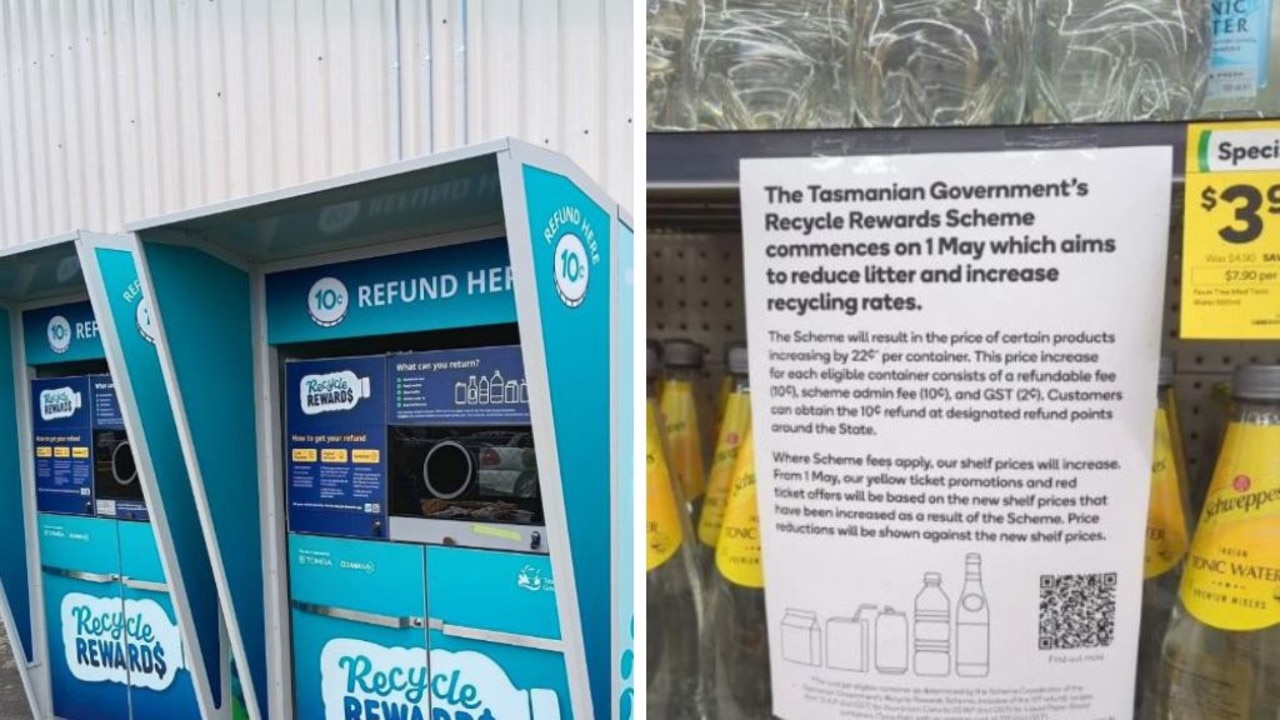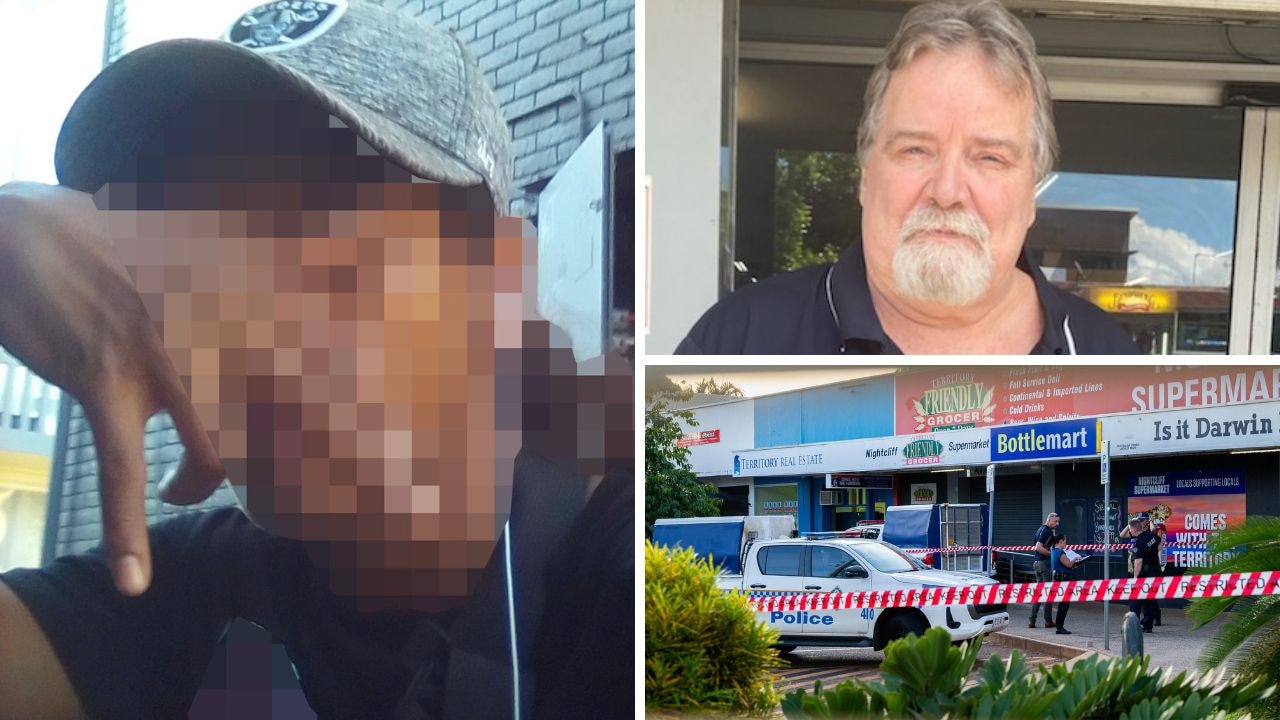Story behind Netflix documentary Gone Girls: The Long Island Serial Killer
The desperate act of a sex worker’s mum who forced police to investigate her daughter’s disappearance exposed an alleged serial killer in a sleepy town.

Real Life
Don't miss out on the headlines from Real Life. Followed categories will be added to My News.
The desperate act of a sex worker’s mother who forced police to investigate her daughter’s disappearance back in 2010 ultimately exposed an alleged serial killer on Long Island, New York.
The recent release of Netflix’s latest true crime documentary, Gone Girls: The Long Island Killer has left viewers wondering just how the investigation into the murder of at least 10 people — predominantly sex workers — between 1993 and 2010 came about.
And it all started with a haunting 911 call made by Shannan Gilbert, who vanished after visiting a client she met on Craigslist in the gated community of Oak Beach.
WHAT HAPPENED
Shannan, 23, set off to work as an escort in New York City, but when she got a call from the Oak Beach client, she headed there in the hopes of making some money.
She stayed there for a few hours but then fled the client’s home around 5am, making a panicked 911 call and telling the operator, “There’s somebody after me.”
She knocked on the doors of nearby homes for help, at one point tumbling down the stairs of an elderly neighbour’s home before running off again.
This was the last time she was ever seen alive.
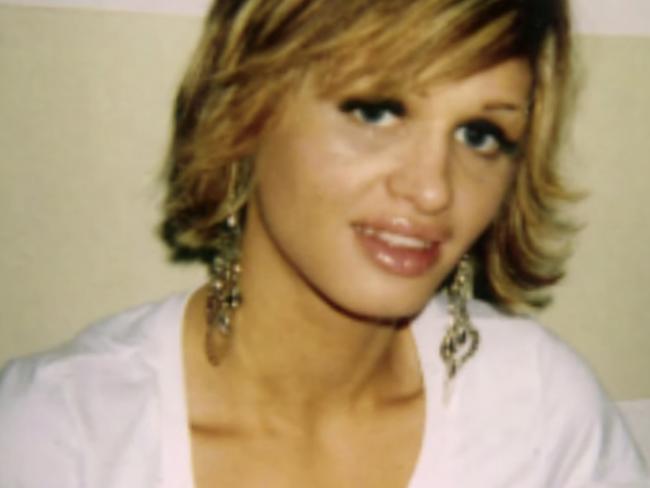
After two neighbours called 911, police eventually arrived to investigate, but it was described as a “disturbance” and said all parties had since moved on.
But Shannan’s mother, Mari Gilbert, refused to let people forget her daughter. She continued to pressure police to investigate her disappearance through the media.
Police didn’t look for Shannan until eight months later.
On December 11, bones were found at Gilgo Beach. Then, the bones of three more women were found. The women were all bound and covered in burlap.
They couldn’t be linked to any missing persons – the bones weren’t Shannan’s.
Police feared they had a serial killer on their hands.
It took a month to identify the bodies — Melissa Barthelemy, 22, Megan Waterman, 22, Amber Costello, 27 and Maureen Brainard-Barnes, 25, ABC Action News reported.
The women all went missing between 2007 and 2010.
In March 2011, a renewed search began for Shannan. By March 29, more remains turned up. There were six additional bodies in total, however only one was formally identified. Three others were listed as a Jane Doe. One was a toddler, another was an Asian man, who was dressed in drag. Some of the remains were partial — like Jessica Taylor, whose torso was found more than 80km away.
Still, none of them were Shannan. However in December 2011, police searched the marsh area where she was last seen. Officers discovered her belongings, and eventually her body. Police initially ruled her death was “accidental”. Her cause of death was ruled “undetermined” by the medical examiner.
Shannan’s family pushed for Dr Michael Baden, who worked on the infamous Son of Sam killing, to do a secondary examination. He ruled she was strangled, according to PEOPLE. There was a belief that it was a single killer, but there was no evidence for this. Others disputed the theory and treated the bones found at Gilgo Beach, known as the Gingo Four, as separate to the other six bodies.
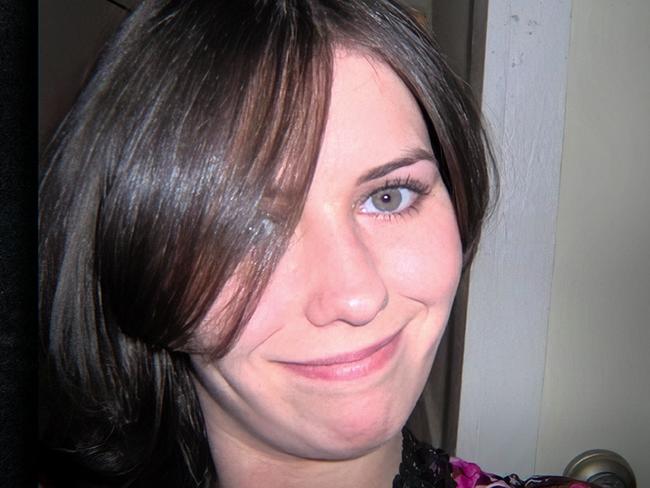
Geraldine Hart, the new Suffolk County Police Commissioner, gave a renewed push to solve the beach killings after a former police commissioner moved on. Quite quickly, DNA testing helped identify one of the Jane Does as 24-year-old Valerie Mack.
Twelve years after the Gilgo Four were first found, there were still no answers. Until once more, a new regime began in office. Their first move was to digitise all the reports — and investigators came across what Amber’s roommates Dave Schaller and Bear Brodsky told them years ago – that Amber called them, begging for help and they allegedly found an “ogre-like” man in their home who wouldn’t leave, claiming he drove a Chevrolet Avalanche. Police started to pull together all of the information, and in six weeks found an alleged suspect.
THE VICTIMS
Melissa Barthelemy was 24 when she disappeared in July 2009. She had graduated from cosmetology school and moved to New York to work at a salon. She vanished after mentioning that she was headed out to see a client in Long Island.
A week after she went missing her sister, Amanda Funderburg, got a call from her sister’s number. An unidentified man over the phone began taunting the then-teenager, saying he was “watching her sister’s body rot”. A total of seven calls were made to Amanda. Police tried to trace them, using the sister as bait. The calls gave police clues, clocking it was likely someone who worked in central Manhattan and lived in Long Island. But that’s as far as they got.
Maureen Brainard-Barnes told her sister she was going to New York City for the weekend to model. However, she and her friend Sara were actually working together as escorts. The only protection they had was each other, until Sara went home.
Maureen, who had children, was struggling to make rent and had been served an eviction notice, so she decided to stay. She was never seen again.
Melissa Cann, Maureen’s sister, discovered what had happened. Her husband and brother went to look for her, and even share photos of the missing woman. Sara would also get a suspicious phone call from a man who claimed to have just seen Maureen — calling her the name “Marie” that she used for work.
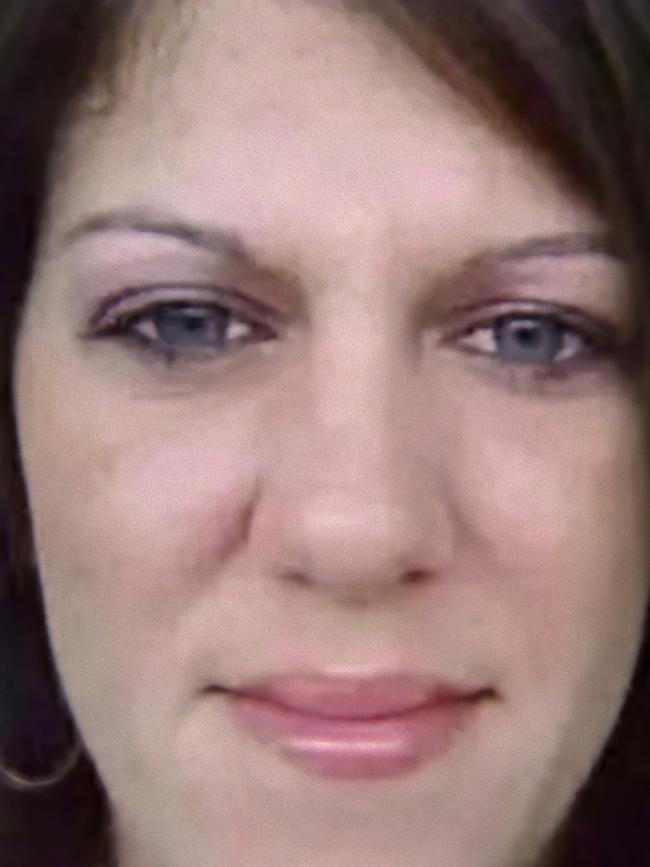
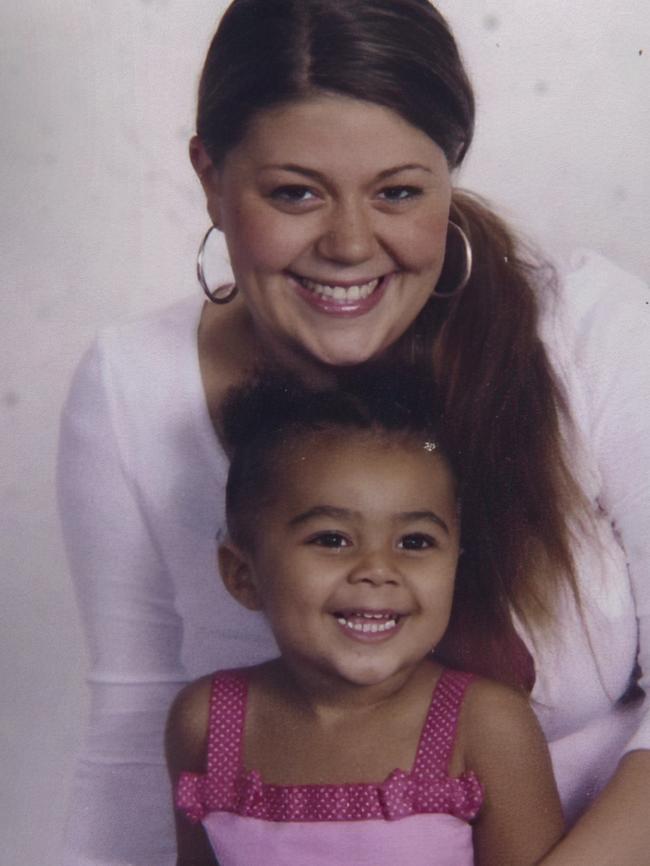
Amber Costello was the last person to vanish, disappearing three months before the first bodies were discovered. At the time, she was living with friends when a client called. He allegedly promised her $2500 for 24 hours with her. She left her phone behind — a move that puzzled friends. Her house mates recalled a horror interaction she’d had with a “giant” client, where they’d had to come home and remove him from the property.
Megan Waterman was 22, and was last seen in June 2010. She had a three-year-old daughter when she vanished after leaving a Holiday Inn after 1.30am.
Valerie Mack, 24, was identified through ancestry websites. Jessica Taylor’s body was found in torn parts, with part of it found in Manorville in 2003. Sandra Costilla, 28, was also identified as a victim.
Thomas J Spota, the Suffolk County District Attorney at the time, told the residents that the women — who all worked as escorts — were engaged in a “high risk business”.
He linked the murders to their work, indicating that it was a specific group of women using Craigslist being targeted.
Lorraine Ela, Megan’s mum, called out the media at the time for labelling the women “prostitutes”.
“DO NOT USE ‘prostitutes’ or ‘hookers’ because they were not that,” she said to police.
“Do you think anybody’s going to come forward with any information, thinking these guys are doing whatever they’re doing. No. That’s why we talk to you guys all time, because we want people to see exactly who these girls are.
“That’s the only way we’re going to get justice.”

AN ARREST MADE
Police created a profile for the person they thought was responsible for the Gilgo Beach Four. He was thought to be a white male, likely in his 40s. He was “socially competent” yet “devious”. They said the man likely blended easily into the community, and he was possibly a family man.
Ron Heuermann, a 61-year-old architect, was arrested in 2023. He currently stands accused of the murders of seven women — Sandra Costilla, Valerie Mack, Jessica Taylor, Mauren Brainard-Barnes, Melissa Barthelemy, Megan Waterman and Amber Lynn Costello.
He has pleaded not guilty and has repeatedly denied any involvement in the crimes, according to USA Today.
At the time of his arrest, he was married to Asa Ellerup. The pair shared a daughter and a stepson. Asa filed for divorce from Heuermann shortly after his arrest, but she has said she doesn’t believe he is capable of the crimes.
Police started to watch Heuermann in early 2022 after he was found to be a person of interest, according to Forbes.
Dr Errol D. Toulon Jr, the Suffolk County Sheriff, told PEOPLE magazine: “For the most part, it just seems like this is a new way of life for him. In the beginning he was a little bit more starry-eyed as to his surroundings.
“Life has transformed over the last several months. He receives visits, he makes phone calls, and he doesn’t congregate with the rest of the population because of the crimes he’s accused of.
“I think his hobbies right now are reading books, reading his discovery, sleeping and watching TV inside of his cell. And he’s been very compliant. There haven’t been any issues.”

WHERE THE CASE IS NOW
Heuermann’s defence team has tried to push for each of the cases to be heard separately. The judge has not yet ruled on that, according to USA Today. His defence team is also trying to have what is known as nuclear DNA excluded, saying it is not widely accepted by the scientific community. A trial date has not yet been set.
Shannan Gilbert’s death is still believed to have been an “unfortunate accident”, with the police department saying it will continue to evaluate any information that the public may have to help determine a definitive cause of death in [Gilbert’s] case”, PEOPLE reported.
Shannan’s mum, Mari, died in 2016 after she was stabbed 227 times before being beaten with a fire extinguisher. Her other daughter, Sarra, who suffered from schizophrenia, was sentenced to 25 years for the crime.

The arrest of Heuermann has also had an unexpected impact. John Bittrolff was suspected of murdering Sandra Costilla. He has been convicted in the 1993 murder of Rita Tangredi and the 1994 killing of Colleen McNamee. He is now pushing for exoneration, New York Post reported.
THE DOCUMENTARY
The three-part documentary, created by Liz Garbus, dropped on Netflix on March 31. It delves into all aspects of the Gilgo Beach Murders — Shannan, the victims, the stopping and starting of the investigation, journalist perspectives, Heuermann’s arrest and the people who knew him.
Garbus first met the families during the filming of her film Lost Girls in 2020.
“As soon as the arrest was made, I touched base with the families I’d gotten to know all those years ago,” she told Vulture about the start of the documentary.
It was because of these relationships the documentary did include family members.
Originally published as Story behind Netflix documentary Gone Girls: The Long Island Serial Killer




